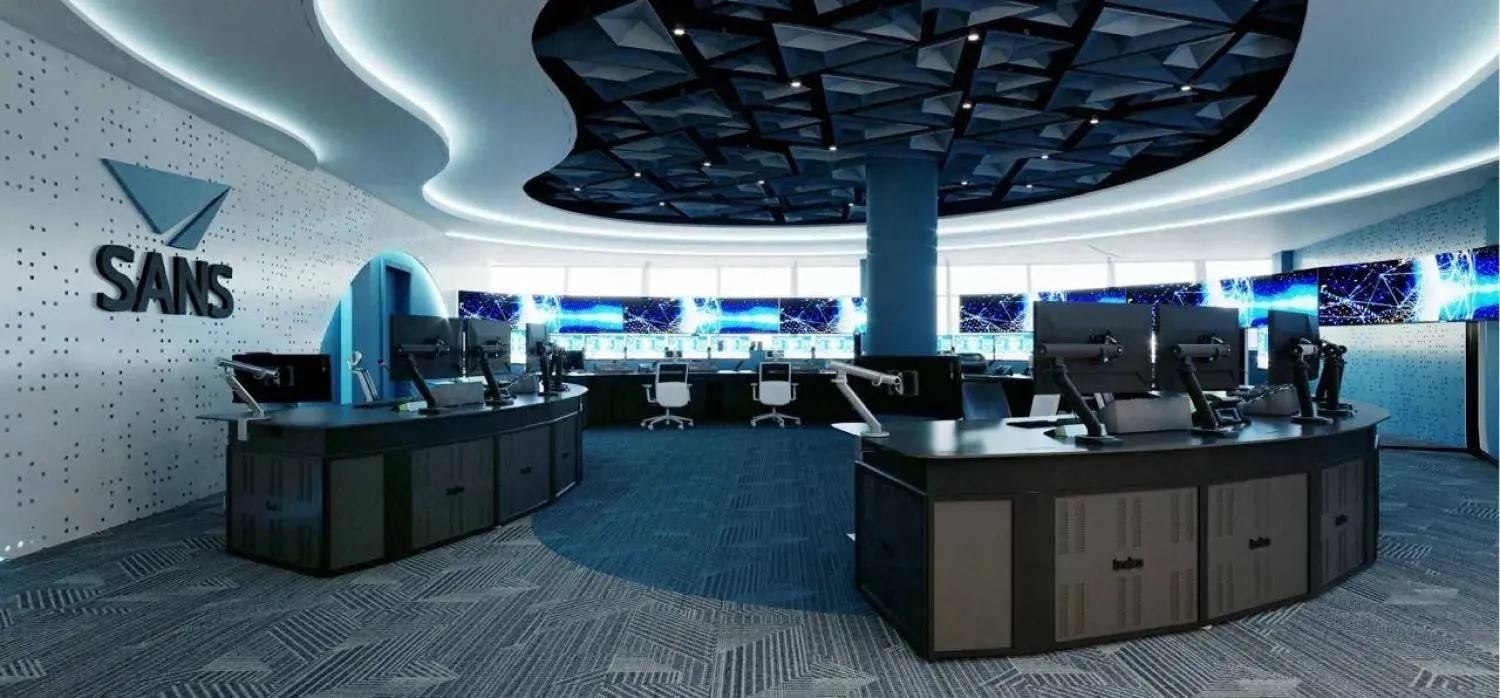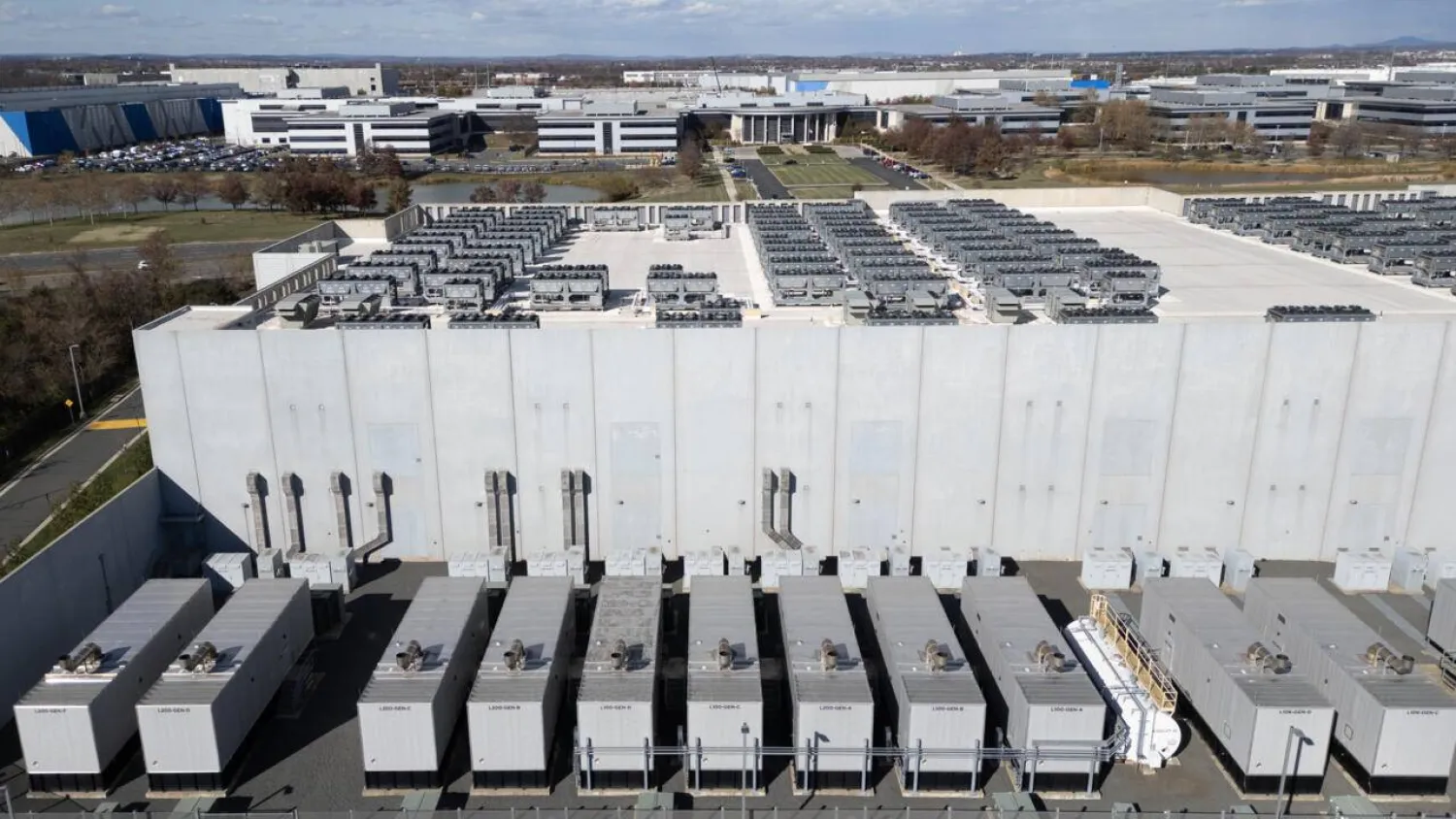Real estate financing sector for individuals in the Kingdom is expected to witness a further decline, following a decision by the Saudi Central Bank (SAMA) to raise the rates of Repurchase Agreement (Repo) and the Reverse Repurchase Agreement (Reverse Repo) by 25 basis points each.
The volume of real estate financing for individuals in Saudi Arabia recorded a decline during the second quarter of 2023, reaching SAR 16.9 billion ($4.5 billion), compared to SAR 22.7 billion ($6 billion) in the first quarter of the year.
One of the main reasons for this decline is the high interest rate and its impact on borrowing costs, which in turn will be reflected in sales and thus lead to a drop in residential real estate prices.
The head of Amaken International Group, economist Khaled Al-Jasser, told Asharq Al-Awsat that raising the interest rate would affect the financial market, as investors would prefer to withdraw their liquidity and deposit it in banks or valuable assets, thus preserve the value of the purchasing capital, or at least its stability.
He added that SAMA’s decision to raise the interest rate reflected the consistency of financial goals in maintaining monetary and financial stability. He explained that the new move would curb the inflation.
Last month, the Saudi Central Bank decided to raise the rate of Repurchase Agreement (Repo) by 25 basis points to 6.00 percent, and the rate of Reverse Repurchase Agreement (Reverse Repo) by 25 basis points to 5.50 percent. These decisions come in line with SAMA’s endeavor to preserve monetary stability.
For his part, economic expert Ahmed Al-Jubeir told Asharq Al-Awsat that SAMA’s decision would lead to a further decline in the volume of real estate financing for individuals during the next stage, which would affect real estate prices in the Kingdom. He added that the governmental reforms were aimed at containing the inflation rate.
Real estate and personal finance consultant and expert, Suhail Asiri, explained that the decline in the demand for real estate financing was due to expectations for a drop in prices.
“The Saudi Central Bank report reveals that the financing companies sector in the Kingdom has grown by 10.8 percent over the past year,” he told Asharq Al-Awsat.
Asiri added: “The report shows an increase in total assets by 6.5 percent to reach SAR 57 billion ($15.2 billion), and an increase in the total financing portfolio by 10.8 percent to SAR 75.45 billion ($20.1 billion), while financing granted to the individual sector constituted the largest part of the net financing portfolio.”









